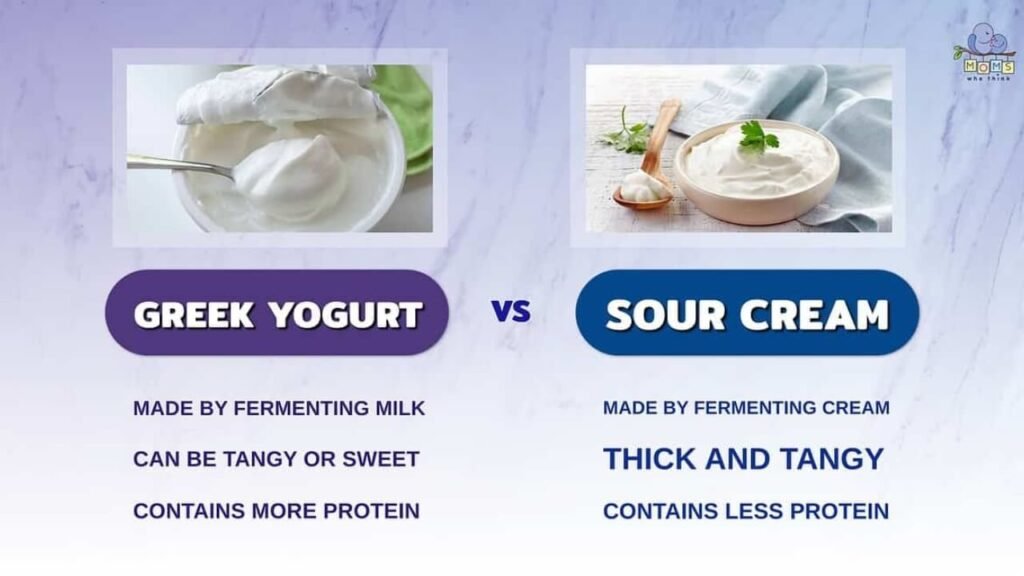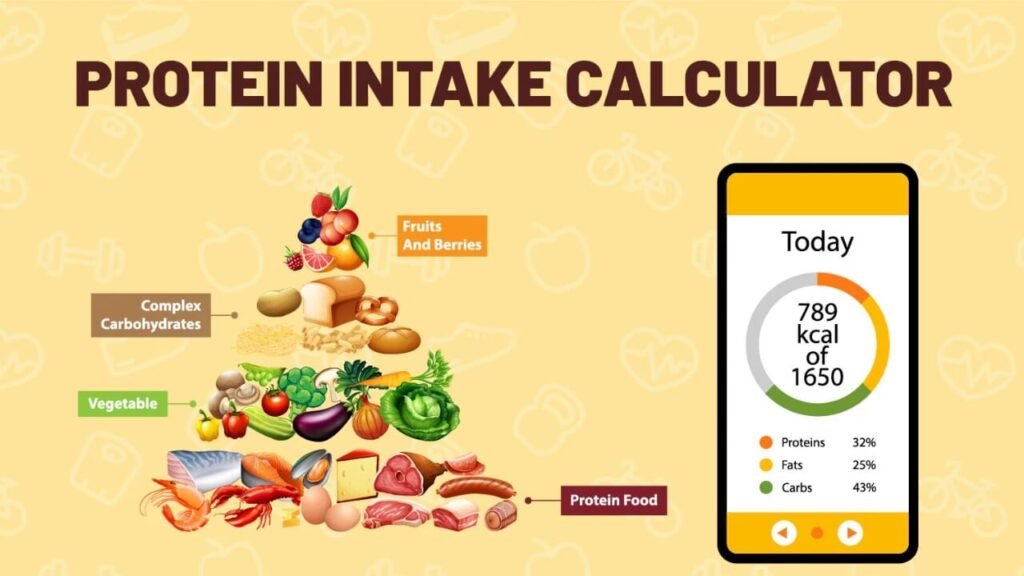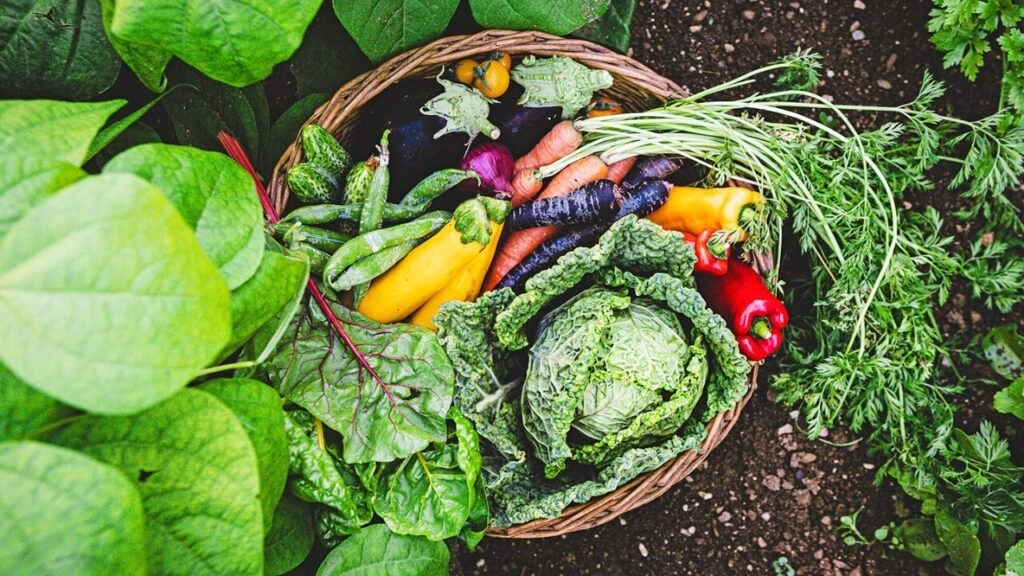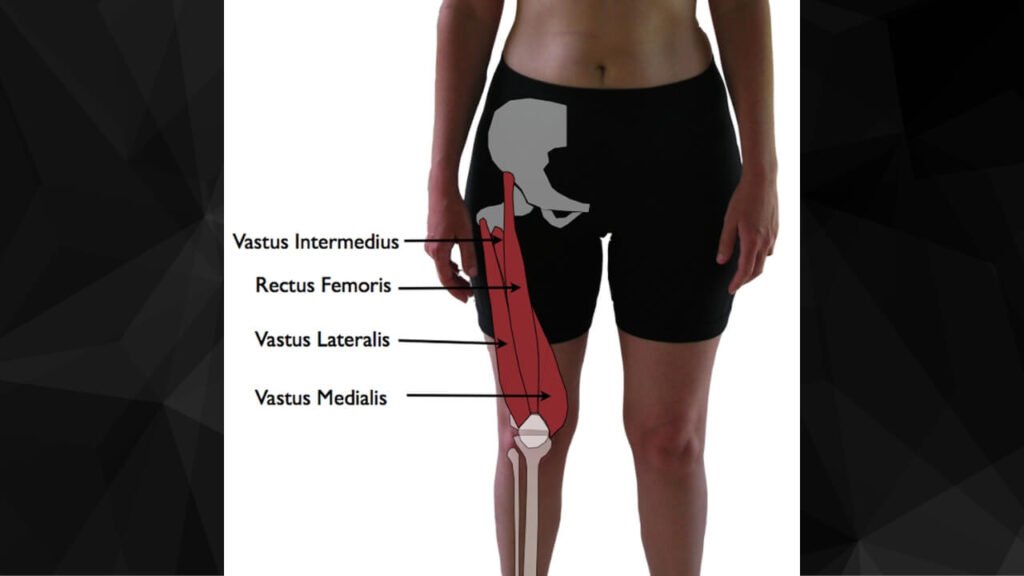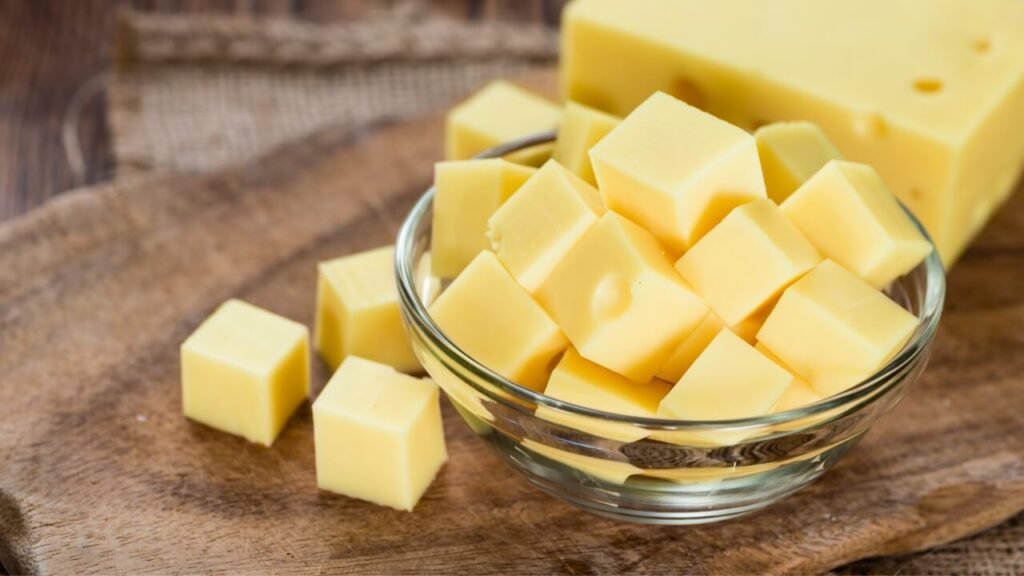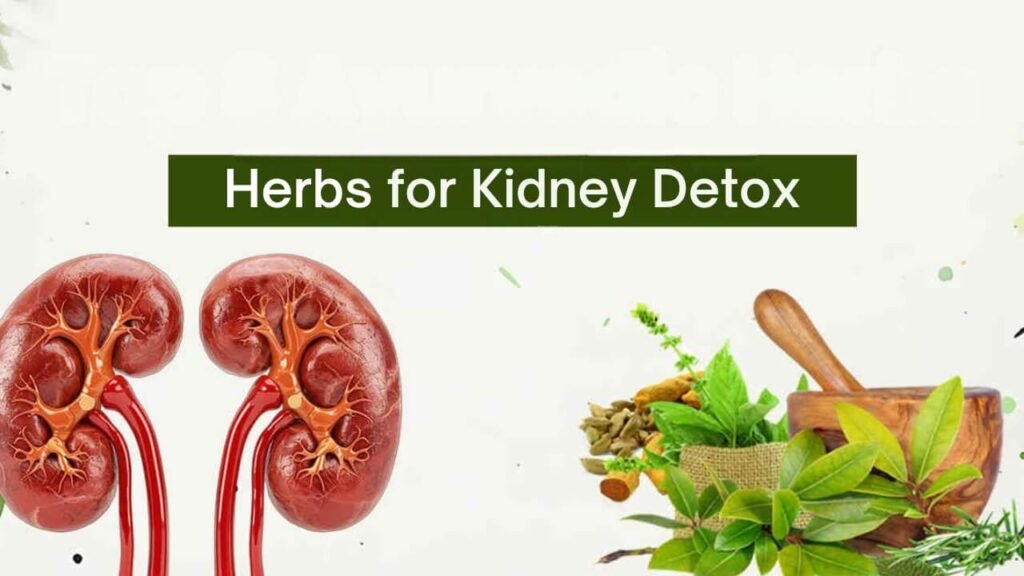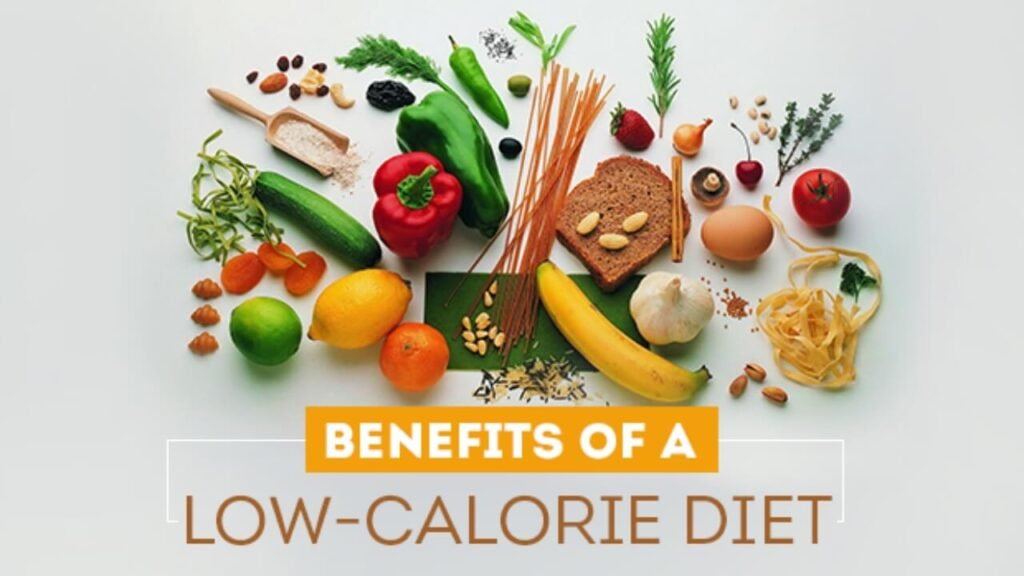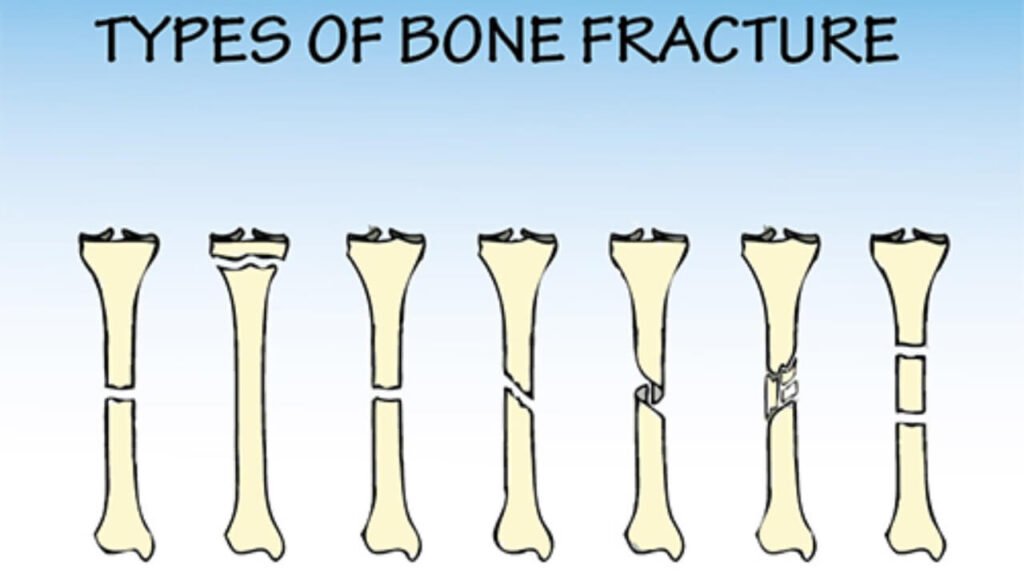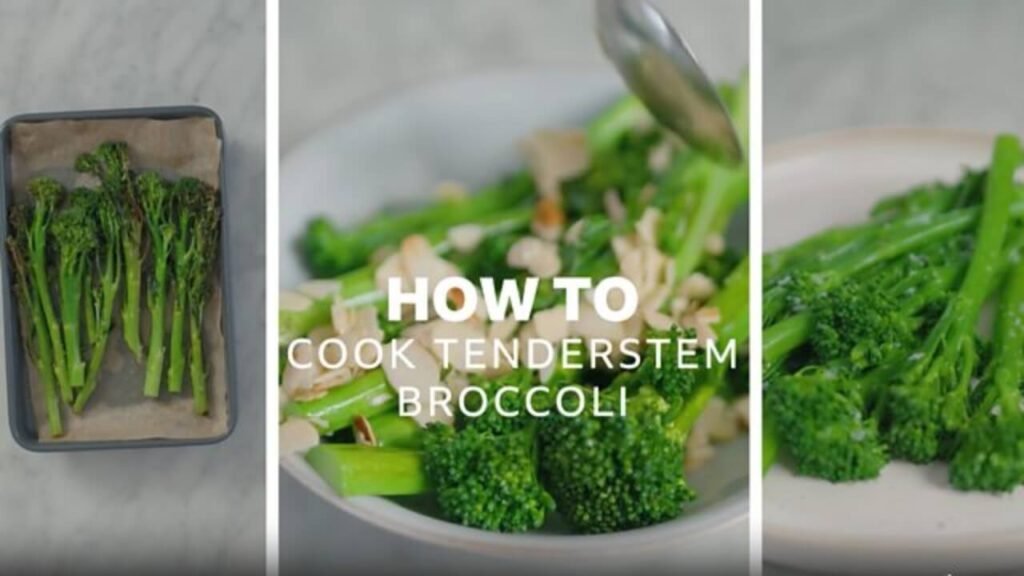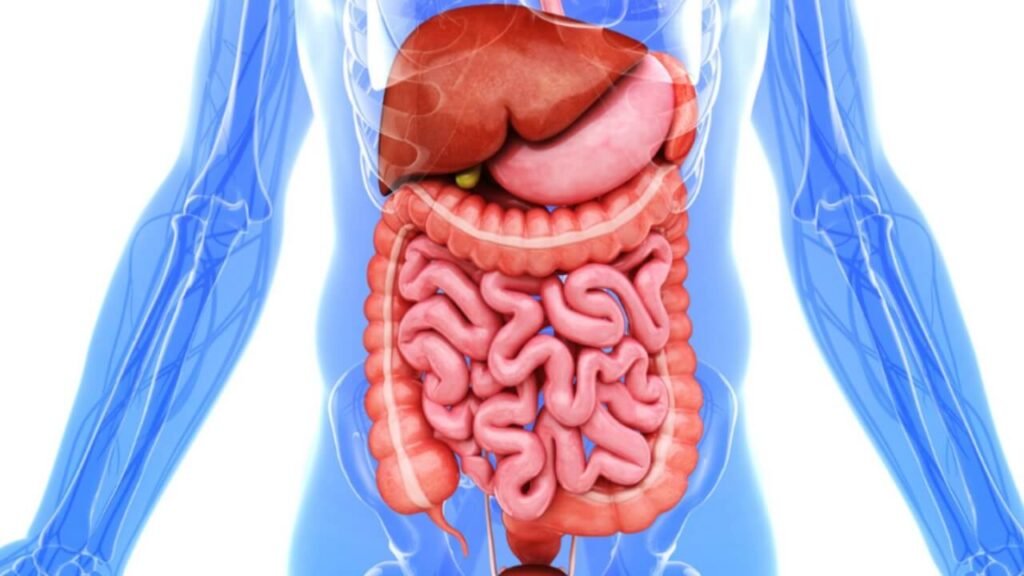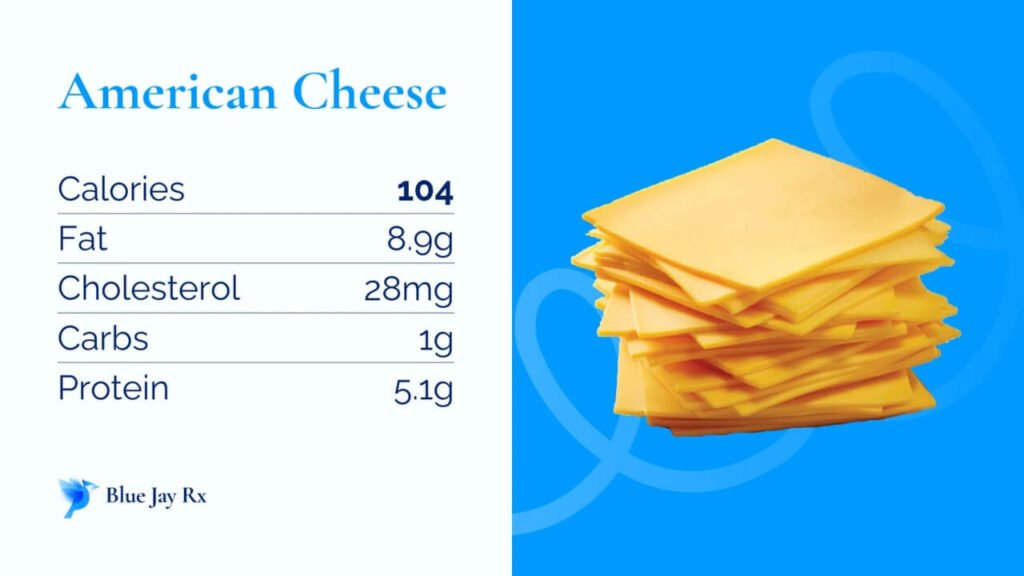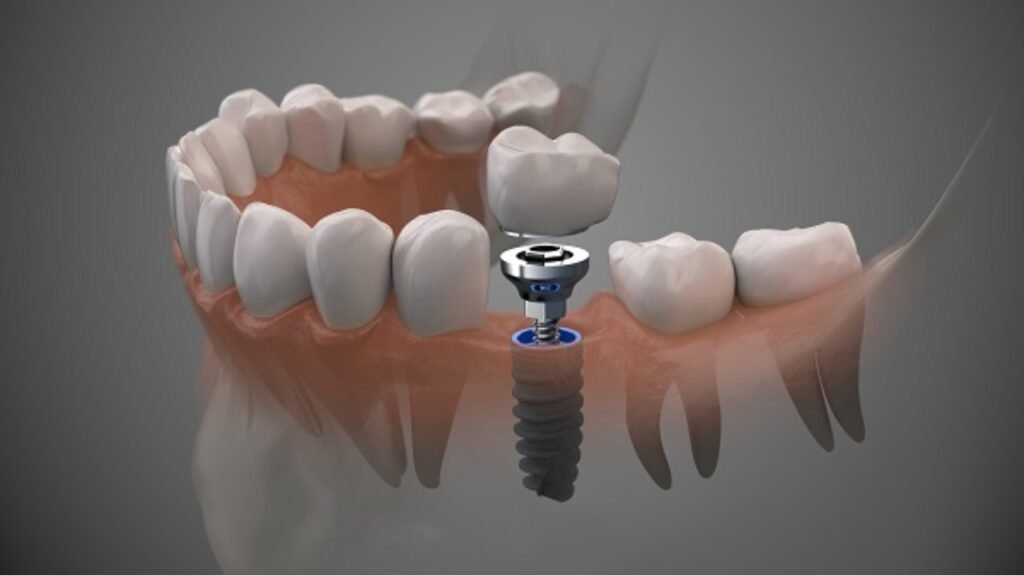Cabbage Soup Diet Recipe: Rapid Results
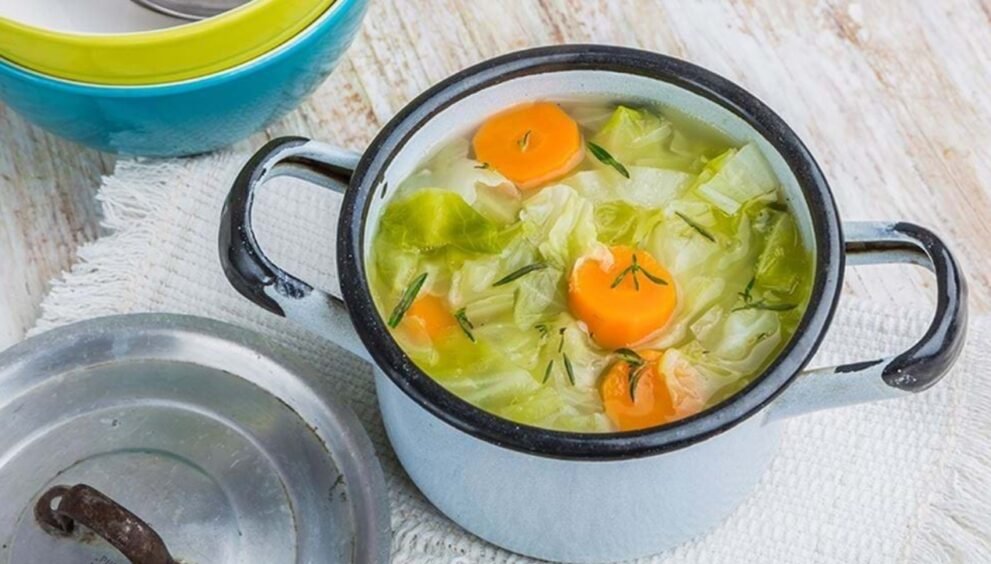
The cabbage soup diet recipe has captured the attention of health enthusiasts and weight loss seekers for decades, promising a simple yet effective way to shed pounds quickly. This low-calorie, vegetable-packed soup forms the cornerstone of a short-term diet plan designed to kickstart weight loss while offering a nutritious, fiber-rich meal option. Whether you’re looking to slim down for an upcoming event or simply curious about this trending diet, understanding the recipe, its benefits, and its limitations is essential. In this comprehensive guide, we’ll explore the origins of the cabbage soup diet, provide a detailed recipe, discuss its nutritional profile, and offer practical tips to make it work for you, all while keeping the process engaging and sustainable.
Understanding the Cabbage Soup Diet
The cabbage soup diet is a short-term, low-calorie eating plan that typically lasts seven days, centered around consuming large quantities of a vegetable-based soup made primarily with cabbage. Often marketed as a quick-fix weight loss solution, the diet allows unlimited soup consumption alongside specific foods each day, such as fruits, vegetables, or lean proteins. Its appeal lies in its simplicity and promise of rapid results, often claiming a loss of up to 10 pounds in a week. However, the diet’s restrictive nature raises questions about its long-term sustainability and nutritional balance.
Origins and Popularity
The diet’s origins are murky, with anecdotal claims tracing it back to the 1980s, possibly as a hospital-based plan for patients needing quick weight loss before surgery. Despite its popularity, the cabbage soup diet is not without controversy, as its low-calorie approach may lead to nutrient deficiencies if followed for too long. Nevertheless, for those seeking a short-term reset, the diet’s structure and the cabbage soup diet recipe itself offer a straightforward path to temporary weight loss.
Preparing the Cabbage Soup Diet Recipe
Creating a delicious and effective cabbage soup is the heart of this diet. The recipe is flexible, allowing for variations to suit taste preferences while maintaining its low-calorie foundation. Below is a classic version of the cabbage soup diet recipe that balances flavor and nutrition.
Start with a large head of cabbage, chopped into bite-sized pieces, as the star ingredient. Cabbage is low in calories, high in fiber, and rich in vitamins C and K, making it an excellent base. Add diced tomatoes for a burst of flavor and antioxidants, along with onions, celery, and carrots for depth and crunch. Green bell peppers provide a slight sweetness, while garlic and herbs like thyme or bay leaves enhance the aroma. For a basic recipe, combine these ingredients in a large pot with low-sodium vegetable broth or water, and simmer until the vegetables are tender. A splash of lemon juice or a pinch of chili flakes can elevate the taste without adding significant calories.
Customization Options
For those who prefer a creamier texture, blending a portion of the soup creates a velvety consistency while keeping it light. Alternatively, adding a small amount of lean protein, such as shredded chicken, can make the soup more satisfying for those following the diet’s protein-allowed days. The key is to keep the recipe low in fat and sodium to align with the diet’s weight loss goals.
Nutritional Profile and Benefits
The cabbage soup diet recipe is packed with nutrient-dense ingredients that offer health benefits beyond weight loss. Cabbage, the primary component, is a cruciferous vegetable known for its anti-inflammatory properties and high fiber content, which supports digestion and promotes satiety. According to a study published on Google Scholar, cruciferous vegetables like cabbage contain glucosinolates, compounds linked to reduced risk of chronic diseases (Verkerk et al., 2009). Tomatoes, another key ingredient, provide lycopene, an antioxidant associated with heart health and cancer prevention.
Nutritional Considerations
The diet’s emphasis on vegetables ensures a high intake of vitamins and minerals, particularly vitamin C, which supports immune function, and potassium, which aids in maintaining healthy blood pressure. However, the diet’s low-calorie nature—often under 1,000 calories per day—means it lacks sufficient protein, healthy fats, and complex carbohydrates for long-term use.
“While the cabbage soup diet can lead to quick weight loss, it’s not a balanced plan and should only be followed for a short period under medical supervision,”
notes Dr. Melinda Ratini, a nutrition expert (WebMD, 2020). This highlights the importance of using the diet as a temporary tool rather than a lifestyle.
Implementing the Cabbage Soup Diet
Successfully navigating the cabbage soup diet requires careful planning to maximize its benefits while minimizing potential drawbacks. The standard plan spans seven days, with each day allowing specific foods alongside unlimited cabbage soup. For example, day one might include fruits (except bananas), day two focuses on vegetables, and later days incorporate lean proteins or brown rice. The structure keeps calorie intake low while varying nutrients to prevent monotony.
Practical Tips for Success
To make the diet more enjoyable, prepare a large batch of the soup at the start of the week to save time. Experiment with spices like cumin or paprika to keep the flavor fresh. Staying hydrated is crucial, as the diet’s high fiber content can be taxing on the digestive system without adequate water. Additionally, incorporating light exercise, such as walking, can enhance weight loss results while boosting energy levels.
Overcoming Challenges
One challenge is the diet’s restrictive nature, which may lead to hunger or fatigue. To combat this, focus on the soup’s volume to feel full, and pair it with allowed foods that provide sustained energy, like leafy greens or berries. Avoid processed foods or sugary drinks, as they can undermine the diet’s low-calorie framework. Consulting a healthcare professional before starting is advisable, especially for individuals with medical conditions or those taking medications.
Risks and Limitations
While the cabbage soup diet recipe is simple and effective for short-term weight loss, it’s not without risks. The diet’s low-calorie intake can lead to nutrient deficiencies, particularly in protein and healthy fats, which are essential for muscle maintenance and hormonal balance. Prolonged use may also slow metabolism, making weight maintenance harder after the diet ends. Additionally, the rapid weight loss often comes from water weight and glycogen stores rather than fat, which can return quickly once normal eating resumes.
Addressing Side Effects
Another consideration is the diet’s lack of variety, which may cause boredom or cravings, potentially leading to overeating post-diet. The high fiber content, while beneficial for digestion, can cause bloating or discomfort in some individuals, especially if they’re not accustomed to a vegetable-heavy diet. To mitigate these risks, use the diet as a short-term reset, ideally under the guidance of a dietitian, and transition to a balanced eating plan afterward.
Enhancing the Cabbage Soup Diet Experience
To make the cabbage soup diet more sustainable and enjoyable, consider personalizing the recipe to suit your taste. For instance, adding fresh herbs like parsley or cilantro can brighten the flavor, while a dash of hot sauce can add a spicy kick. If the diet feels too restrictive, incorporate small amounts of approved add-ins, like Greek yogurt for creaminess or a handful of nuts on protein days, to boost satisfaction.
Meal Prep and Presentation
Meal prep is another key to success. Preparing the soup in advance and portioning it into containers ensures you always have a healthy option on hand. Pair the soup with colorful, nutrient-rich foods allowed on specific days, such as vibrant berries or roasted vegetables, to keep meals visually appealing. Finally, set realistic expectations—while the diet can jumpstart weight loss, combining it with long-term healthy habits, like mindful eating and regular exercise, will yield lasting results.
Creative Variations of the Cabbage Soup Diet Recipe
The versatility of the cabbage soup diet recipe allows for creative variations to keep the diet interesting. For a spicy version, incorporate jalapeños or red pepper flakes to add heat and boost metabolism. A Mediterranean-inspired twist might include zucchini, oregano, and a touch of olive oil (used sparingly to keep calories low). For those who enjoy Asian flavors, adding ginger, soy sauce, and bok choy can transform the soup into a flavorful, low-calorie dish.
Texture and Nutrient Boosts
Experimenting with textures can also enhance the experience. For a heartier soup, add diced mushrooms for a meaty texture without extra calories. Blending a portion of the soup with a handful of spinach can create a vibrant green version packed with additional nutrients. These variations keep the diet engaging while maintaining its core principles of low calories and high nutrition.
Conclusion
The cabbage soup diet recipe offers a simple, vegetable-forward approach to short-term weight loss, appealing to those seeking a quick reset or a jumpstart to healthier eating. Its nutrient-dense ingredients, like cabbage and tomatoes, provide health benefits, while its low-calorie structure supports rapid results. However, the diet’s restrictive nature and potential risks highlight the importance of using it as a temporary tool rather than a long-term solution. By preparing a flavorful, personalized version of the soup and pairing it with strategic meal planning, you can make the diet both effective and enjoyable. Ultimately, the cabbage soup diet can be a stepping stone to a balanced, sustainable lifestyle, encouraging a deeper appreciation for nutrient-rich foods and mindful eating habits.



